2 threads in as many weeks, where I have I gone so wrong with my building process!? Actually 90% sure this is a programming issue, but since this is my first actual Vero build (aside from pad per point protoboard), I wanted some more experienced eyes on this. This is a Parasit Bitbreaker deluxe. It’s a pretty simple circuit based around an attiny85 chip. I used a drill bit to cut the traces and did a continuity test on either side of the cut to verify complete separation. I circled the cuts topside to ensure I was making the correct cuts on the traces. Here is the Vero doc
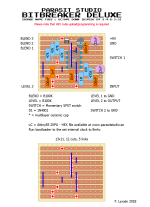
And here is my build:
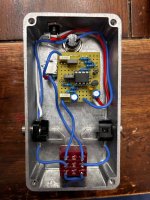
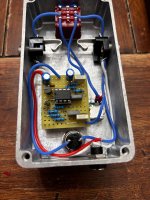
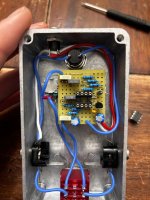
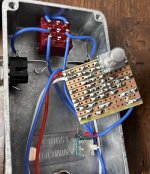
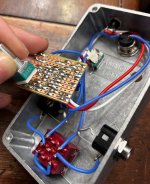
I have verified components, Checked for bridges, and Retested continuity across the cuts. Voltage is good from the regulator to pin 8, audio dies at the chip. Anybody see any glaring mistakes?

And here is my build:





I have verified components, Checked for bridges, and Retested continuity across the cuts. Voltage is good from the regulator to pin 8, audio dies at the chip. Anybody see any glaring mistakes?

